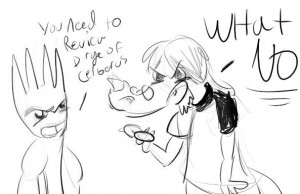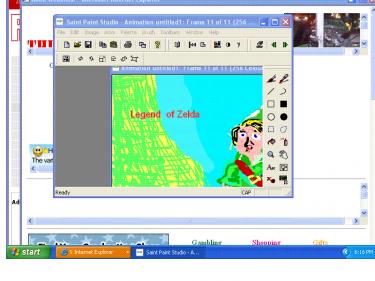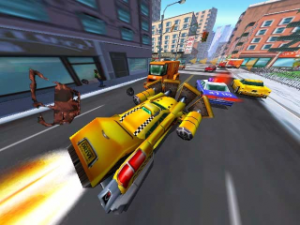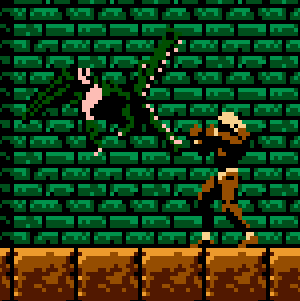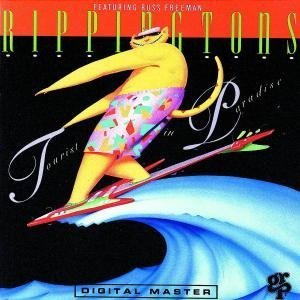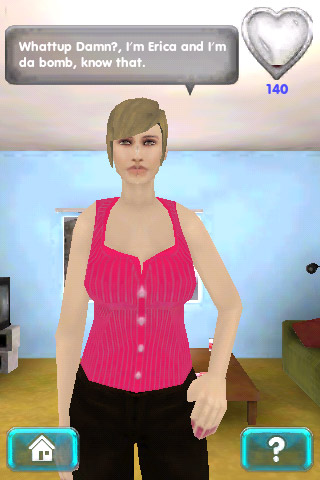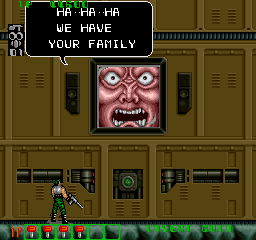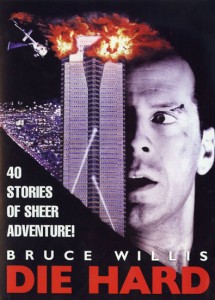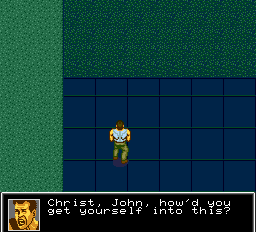Happy Weird-Ass Pirate Multicart Day 2011
June 18th, 2011
Last night, I dreamed that I was at a flea market, browsing for sweet deals. As often happens in these dreams, I encountered an out-of-the-way stall that held all sorts of video game treasures. Prototypes. Unreleased games. Rare Japanese titles. Everything was so cheap that I could have easily bought the entire lot…if the dealer accepted debit cards. As it happened, I only had two dollars in my wallet.
I knew that if I ran to an ATM to get more cash, another collector would sweep in and buy up everything. I could only afford one game: a sun-bleached NES cartridge with a peeling label that read “Teletubbies and More!” I had never heard of the game, so I figured that it must be valuable.
I bought the game, and ran from the table. I tripped on something and fell…but since this was a dream, I didn’t immediately hit the ground. Instead, I tumbled into an endless void. Clutching the Teletubbies cartridge, I fell for several minutes, waiting to hit bottom.
I was still holding my breath when I woke up. My heart raced. I sat up, thankful but secretly a little disappointed that it was only a dream. It was only 6 AM, so I decided to go back to sleep.
When my head hit the pillow, I felt something underneath.
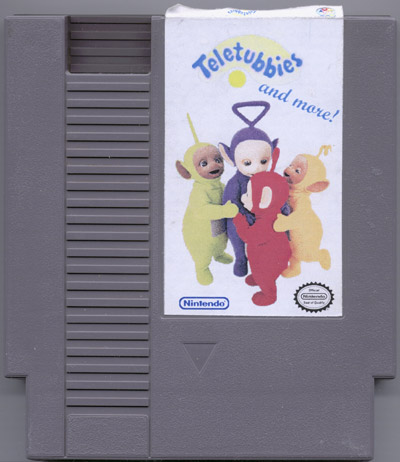
My god.
This is where I stop lying: Teletubbies and More! is a real NES game. I bought it off the Internet years ago from a seller who offered no explanation regarding its origins, and who closed his eBay account shortly afterward.

Opening it up, I found that the cart’s plastic innards were crudely shaved to make room for a glop-topped 60-pin Famicom game board and a Nintendo-produced Famicom-to-NES adapter, like the ones found in early NES releases like Pinball and Gyromite.
While the game board was likely mass-produced (more on this in a minute), the cartridge was obviously hand-assembled. The label is cheap printer paper, and given that the manufacturer would need to sacrifice actual NES cartridge shells and official Famicom-to-NES adapters for each unit, I’d bet that not very many of these were made. It might even be the only one of its kind.
I recently had it dumped. You can download the ROM here. It’s not yet emulated, but the mapper (#237) has been documented, if you want to add it to your own emulator or open-source project. Please let me know if you do!
But what about the game itself? I wish I could show it off in screenshots, but since it’s not emulated, I had to resort to taking photos of the game playing on original NES hardware. Apologies for the crappy quality, but…well, best I could do.

Okay. So it turns out that “Teletubbies and More!” is actually “Y2K 420-in-1,” a pirate multicart of unknown origin. The characters on the splash screen hint at something a little more sinister than your average pirated game, though. Top row: Pikachu, Po, Buzz Lightyear. Bottom row: Woody, Doraemon, and Raphael.

This is the game selection screen, listing the typical multicart lineup of Mapper 0 titles, save for a few unfamiliar names.
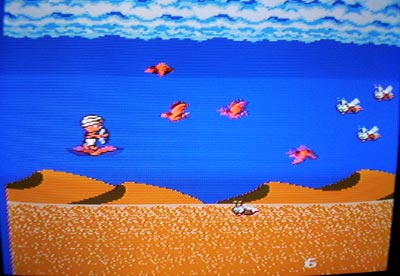
“Aladdin III” is, as expected, a clone of Magic Carpet from Caltron 6-in-1. It’s a common sight in multicarts and in the occasional standalone cartridge. Pity the poor sucker who buys an Aladdin Famicom cart expecting to find a pirate clone of the Genesis Aladdin game and instead ends up with this.

Next up is “Pokemon,” which could be anything. Pirates have shoehorned Pokemon characters into a number of NES games over the years — like Little Nemo and Felix the Cat, for instance.

In this case, it’s a hacked version of Hudson’s first NES game, Nuts & Milk. In this new version, Muddy Pikachu must escape the grasp of a sickly Gray Pikachu while collecting…uh, bananas, and things. Beyond the simple character sprite switch, no attempt has been made to make this resemble a real Pokemon game.
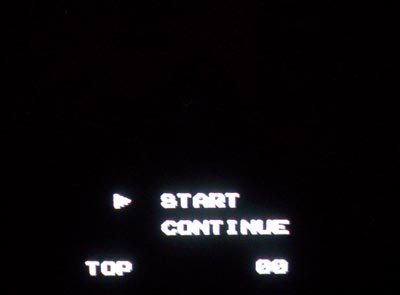
Game #4 is “Toy Story II,” which surely must be more interesting. A pirated NES adaptation of the Genesis and Super NES Toy Story game is known to exist, so maybe that’s what this is?
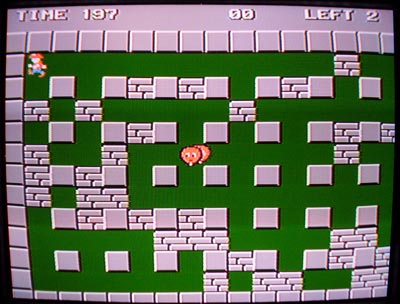
No. It’s Bomberman, with Woody from Toy Story. Keeping the theme of the movie, Woody wanders a series of underground mazes and plants bombs to blow up his friends.

Next is…oh my god, seriously? That’s what it’s called? “Ding Dong”?











